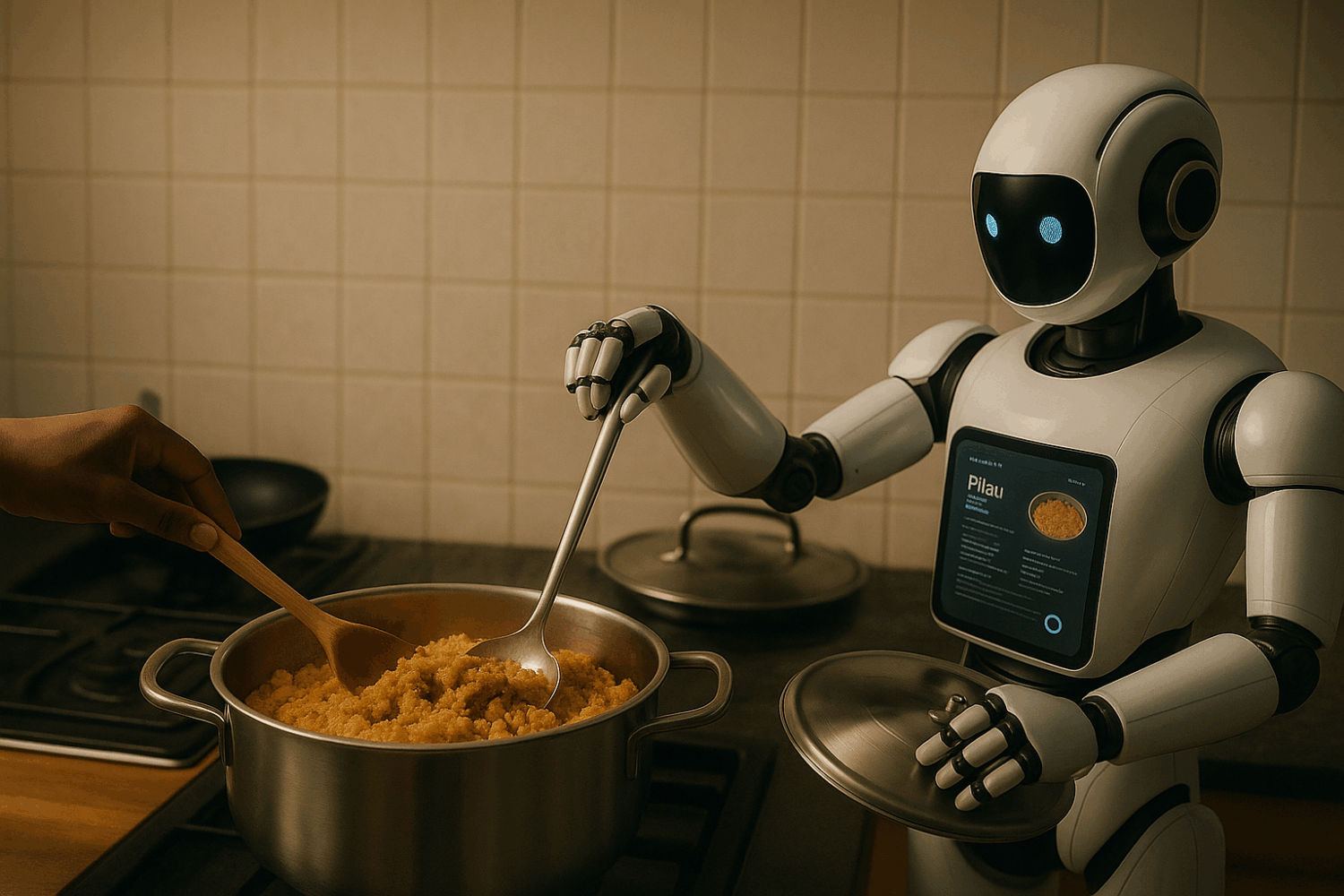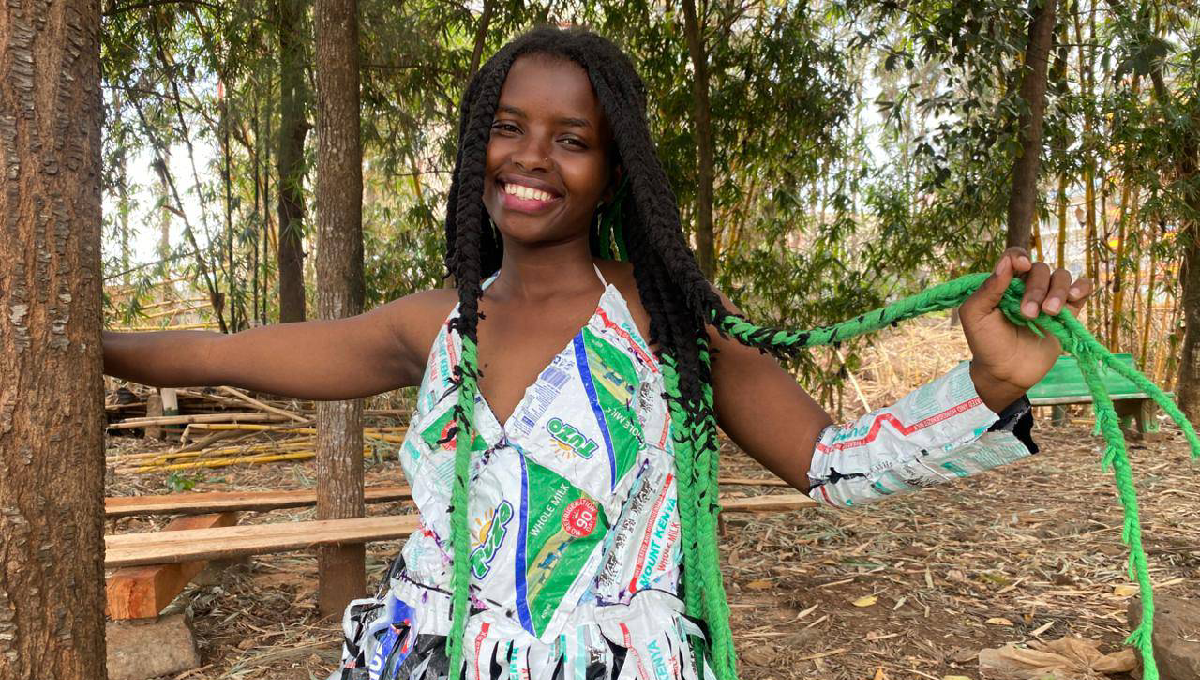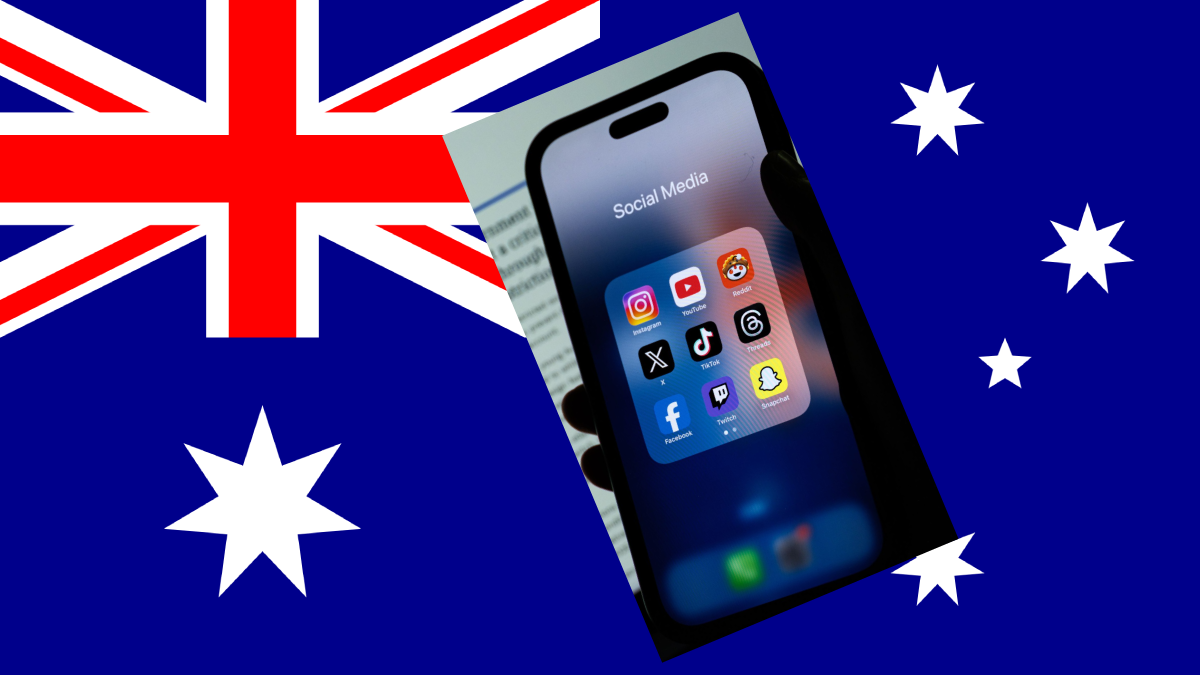Onions sizzling, sufuria lids clanking, faint laughter slowly mixing with soft electronic chimes and hums….now…
Close your eyes. Smell it. That rich and spicy pilau made on special occasions, when the whole clan is home and the sufuria is big enough to feed a small village.
Now imagine, that same recipe, uploaded to cloud, translated into every language under the sun… and cooked to perfection by a stainless-steel chef that never burns ingredients, never complains about cutting its fingers, knows ratios better and doesn’t insert ‘miguu ya kinda’ as spice!
Welcome to the age of AI, where charcoal smoke meets microchips and the kitchen is now a smart lab.
In Tokyo, robot arms are plating sushi like 5 star head chefs. In Dubai, AI tandoors baking naan with precision. And here in Nairobi? Smart sufurias. Chapati-rolling and ugali making machines. AI robots are now handling menus that can tell… ati, next Friday at 8PM… you’ll crave pies or chips masala.
I recently had a taste of this future at Nairobi’s new robot café. The moment I walked in, I was received not by waiters, but by sleek screens and shiny robotic arms. I ordered a plate of wedges and beef, and within minutes the robot served them—perfectly crisp, no oil spills, no waiting forever like at your kawaida café.
The strangest part? The food still had a familiar warmth, but the soul of service, the banter with the waiter, the jokes about portions, was missing. It felt efficient, yes, but also oddly quiet, like dining in the future where machines run the kitchen clock.
Nonetheless, this is efficiency. This speed. This accuracy. This is history. AI is even preserving ancient dishes before they vanish like a nganya during rush hour. Picture, feeding the details of ingokho recipe into an app that stores it, upgrades it and still respects the soul of the original.
The big question though, can a machine really capture the soul of food? The juicy gossip in our kitchens? The smoky-sweet aroma of pilau bubbling over a jiko?
If used wisely, AI could be our recipe bodyguard. It could archive our flavors, teach them to the next generation and serve them in ways we have never imagined. From a Turkana stew to a plate in Kikuyu.
From pilau to pixel, the kitchen is indeed getting smarter. However, whether food tastes like progress or tastes bland, depends entirely on how well we season this tech.
And maybe, just maybe, before we let the robots take over the kitchen, we should teach them our secret and indigenous techniques. Because some flavors, aren’t just data. They are golden heritage.












